- Learning time
- 60 minutes
- First play time
- 100 minutes
Gaslands Refuelled
Designed by: Mike Hutchinson
Gaslands Refuelled’s predecessor Gaslands: Post Apocalyptic Vehicular Combat probably does a slightly better job describing the game: you’re racing around attempting to ram, shoot, or blow each other up as though you have fallen into Mad Max II, or possibly our own future. It can be played as last-one-standing fight, a first-over-the-line race, or most likely both. In either case, there will be blood.
Gaslands Refuelled has no board; it’s sold as a a book of rules. You’ll need to add shift dice (bespoke dice are available, but standard six-sided jobs work just as well) movement templates (these can simply be cut out the back of the book, or you can spring for printed versions) hazard tokens for tracking the state of your vehicle (use anything) and every game of Gaslands needs cars: toy cars of the Hot Wheels-type size are perfect.
The book is fairly hefty but you really only need to read the first third of it before you’re ready to play. Assuming you’re racing, you set up a track on a table or the floor using whatever you have lying around: books, mugs, general detritus. Then you choose a vehicle (or two), add a weapon (or three), mark what you have on the dashboard (again; can simply be photocopied/cut out from the book) and away you go.
How Gaslands works is through a series of Gear activations, going from 1 to (potentially) 6. Every car starts in Gear 1, and will activate. If during your turn you change up into a higher gear, you’ll activate again in Gear 2 activations, and then again for Gear 3 and so on until either Gear 6 is complete or – more likely – there are no cars to activate, at which point everybody returns to Gear 1 and the process starts again.
So what do you do when activating? Well, you must move, using the movement templates mentioned above. Each template can only be used in specific gears though – which makes thematic sense: no huge sprints in gear 1, no hairpin turns in Gear 6! Once you’ve chosen the template, place it in front of your vehicle, and move forward to the other end of the template. You may – purposefully or otherwise – ram an opponent at this point. There are rules for that. You may also choose to use weapons after movement – there are rules for that too – but that is basically the game: take a template, move, open fire. But we mentioned gear-changing too, so if you want to do that – it’s entirely optional – roll the Shift Dice: Shift results allow you to change gear (take a hazard token) or cancel out a bad result, which is the Skids or Slides that will effect your movement. (You can also use a shift result to discard a previously-accrued hazard token)
When your vehicle collects a certain amount of hazard tokens, you might be in trouble: you’ll definitely find yourself momentarily stranded and back in first gear, but you might also flip out and be gone from the race entirely (this happens a lot, which is why we tend to give each player at least two vehicles!) Or you might just be out regardless: everyone’s vehicle has a number of hull damage it can take before you’re eliminated completely – no less chances with that one.
What arises from this simple structure is utter carnage. Gaslands makes it clear that once you’ve taken a template you must take it, and it’s easy to understand why: the rule stops players from humming and hawing as they try out multiple templates and keeps things moving along, but it also manufactures the silliness that Gaslands thrives on too: it’s unlikely that anyone will avoid damage and entirely possible that most vehicles in a race will end up eliminated either courtesy of violent rivals or – just as likely – their own ambition. You want to keep activating so you’re not left behind – but the faster you go, the more dangerous every manoeuvre gets!
The guru's verdict
-
Take That!
Take That!
Oh yes. Plenty.
-
Fidget Factor!
Fidget Factor!
Pretty low - when you're not activating cars, you're still invested in what's happening.
-
Brain Burn!
Brain Burn!
Low. Avoid destruction. Attack others. Survive.
-
Again Again!
Again Again!
You can play lots of variations on vehicles, weapons, set-ups and objectives. Whether you want to or not comes down to how you feel about an extremely combative - and extremely bananas - experience, that never fails to incorporate catastrophe for at least one player - usually more.

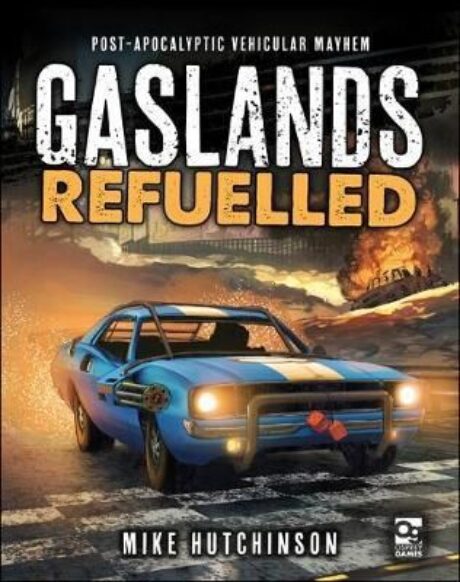
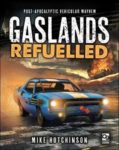
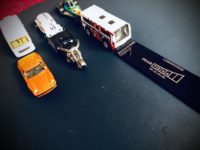
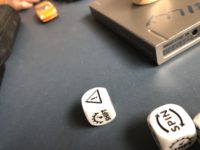


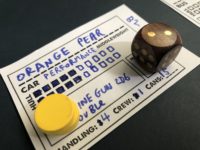



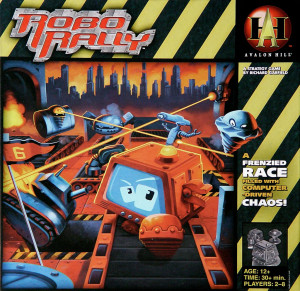

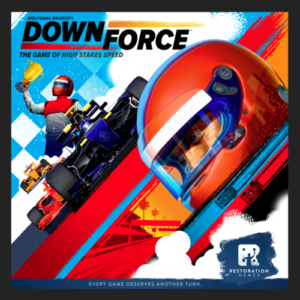

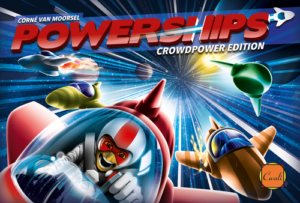
Sam says
Okay, that's not all the rules. There's different categories of weapons, different categories of vehicles, and these differences impact on things like damage and impact and how long you'll last. Gaslands contains a thing I am categorically not drawn to in gaming, which is reference charts: Vehicle weight! Vehicle crew size! Range of fire! Special exceptions for specific weaponry! And so on. If you're familiar with the game these fade into the background though, and should you be completely leery of them you could feasibly house-rule things - all weapons are the same type, for instance. I've a feeling though that if you're into repeat visits of Gaslands this variability becomes a boon, as you equip your favourites and lean into the tactical options at your disposal. And despite the referencing, the heart of the game really is pretty simple - assuming you don't take it too personally, it's also a lot of anarchic fun.